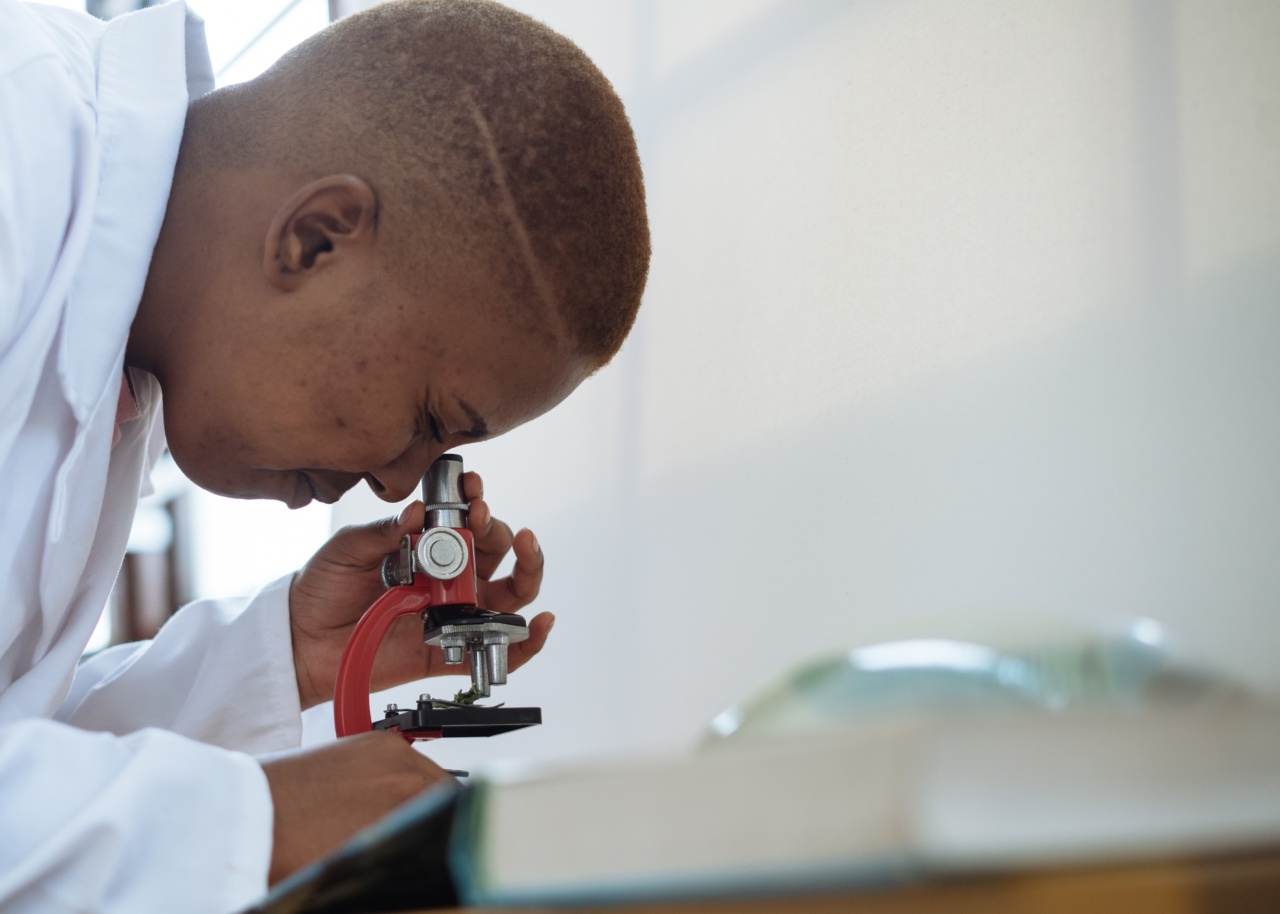Autism Spectrum Disorder (ASD) is a neurodevelopmental disorder that affects individuals in various ways. Traditionally, it has been considered as a predominantly male condition, with a much higher prevalence in boys compared to girls.
However, recent research suggests that the actual ratio may not be as skewed as previously thought. The diagnostic gap between girls and boys with autism is a significant issue that needs attention.
Understanding Autism Spectrum Disorder
Autism is a complex condition that affects social communication and interaction.
Common characteristics of individuals with ASD include difficulties in socializing, repetitive behaviors, restrictive interests, and challenges in verbal and non-verbal communication. While these symptoms manifest in both boys and girls, they may be expressed differently, leading to potential diagnostic challenges in girls.
The Diagnostic Gap
Historically, the diagnostic criteria for ASD were developed based on observations of predominantly boys with the condition. As a result, the symptomatology and presentation of autism in girls were largely overlooked or misinterpreted.
This led to a diagnostic gap wherein many girls with autism were either diagnosed late or misdiagnosed altogether.
Misconceptions and Stereotypes
One of the reasons for the diagnostic gap is the existence of misconceptions and stereotypes surrounding autism.
The traditional view of autism as a “male disorder” has contributed to a bias in diagnosis, often resulting in girls being overlooked or dismissed. Many girls with autism may exhibit different behavioral patterns or mask their symptoms better than boys, making it harder for them to receive an accurate diagnosis.
Masking and Camouflaging
Girls with autism often employ masking or camouflaging strategies to blend in with their peers, making their symptoms less noticeable. This can include imitating social behavior, suppressing repetitive movements, or mimicking others’ interests.
While this ability to “mask” might be beneficial in certain situations, it can also make it harder for girls to receive appropriate support or diagnosis.
Social Communication Differences
Girls with autism may display different patterns of social communication compared to boys.
While boys with ASD often struggle with initiating and maintaining conversations, girls may display a better ability to engage in social interactions superficially. They might imitate social behavior and learn to adapt, but still struggle with developing meaningful connections and emotional reciprocity.
Co-occurring Conditions
Research suggests that girls with autism are more likely to have co-occurring conditions such as anxiety, depression, or eating disorders.
These additional challenges can further complicate the diagnosis of autism, as the symptoms of these conditions may overlap or be mistaken for primary concerns. It is essential for clinicians to consider the broader context and thoroughly evaluate girls who present with these comorbidities.
Underrepresented Research
Due to the historical male dominance in autism research, there is a lack of comprehensive studies focused specifically on girls with autism.
This scarcity of gender-specific research limits our understanding of the unique challenges faced by girls and hinders the development of effective intervention strategies tailored to their needs. There is an urgent need for more studies that shed light on the diagnostic characteristics and experiences of girls with autism.
Parental Experiences and Advocacy
Parents of girls with autism often face extra challenges in obtaining a timely and accurate diagnosis for their children.
They may have to navigate through societal perceptions and biases regarding autism and persistently advocate for their daughters’ needs. Raising awareness about the diagnostic gap and providing support to parents can play a crucial role in improving the recognition and understanding of autism in girls.
Addressing the Diagnostic Gap
Efforts to bridge the diagnostic gap between boys and girls with autism require a multi-faceted approach. Educating healthcare professionals, psychologists, and educators about the unique presentation of autism in girls is essential.
Developing gender-inclusive diagnostic tools and criteria can ensure that girls are not overlooked and receive appropriate support. Increased funding for research on gender differences in autism is also crucial to inform effective interventions and support systems.
Inclusive Support and Interventions
Creating a supportive and inclusive environment for girls with autism can significantly impact their overall well-being.
Schools and educational institutions should implement strategies that address the specific needs of girls with autism, including social skills training, sensory accommodations, and mentoring programs. Providing girls and their families with access to appropriate therapies and support groups can also facilitate their development and help overcome challenges associated with their condition.
Conclusion
The diagnostic gap between boys and girls with autism is a significant issue that needs urgent attention.
Recognizing the unique ways in which autism presents in girls and addressing the existing biases and misconceptions is crucial for improving early identification and support. By focusing on gender-inclusive research, education, and interventions, we can ensure that girls with autism receive the understanding, assistance, and resources they deserve.



























